

Pop art sculptures
BUY a pop art sculpture by Carré d'artistes
Are you thinking about purchasing a pop art sculpture?
Pop art statues continue to captivate art lovers with their vibrant colors, bold designs, and unique commentary on culture. Emerging in the 1960s, the movement has evolved while maintaining its core themes and iconic imagery. For more than 60 years, pop artists have honored the movement's origins while exploring innovative forms and styles.
Discover how sculpture artworks within the pop art movement have developed over the years, the influential artists who shaped its legacy, and how to incorporate pop art figures into your home.
Read more
HISTORY AND CHARACTERISTICS OF POP ART SCULPTURE
Pop art sculpture began in the 1950s and reached its peak in the 1960s in both the United States and the United Kingdom. Drawing inspiration from popular culture and everyday life, it challenged the elitism of traditional art by using imagery from mass culture: comics, advertisements, product packaging, and television.
Pop artists merged high and low culture, transforming everyday items into iconic sculpture artworks that captured the essence of 20th-century life. Famous pop artists include Roy Lichtenstein, Keith Haring, Andy Warhol, David Hockney, and Takashi Murakami.
These pop art statues are often colorful and oversized, featuring elements like famous characters, logos, and repurposed objects, making them instantly recognizable and visually striking.
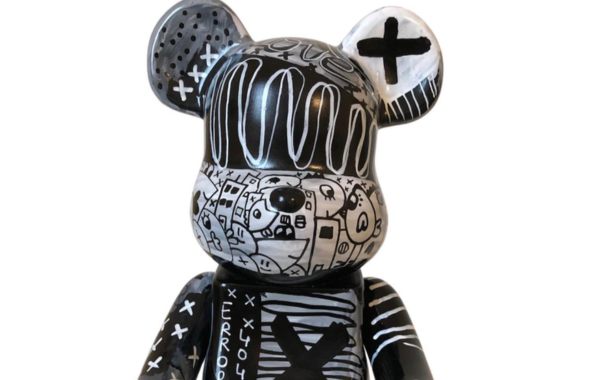
POP ART IN THE UNITED STATES AND THE UK
Pop art developed in the mid-1950s in Britain and later took root in the United States, where it grew into a more commercialized and consumer-oriented movement.
American pop artists emphasized themes of mass culture and consumerism, drawing inspiration from advertisements, comics, and entertainment media. In contrast, British pop art often took a more critical and ironic view of these themes, reflecting the economic and cultural differences between the two nations..
Street art has also found its place within pop art, with figures like Keith Haring bringing bold and colorful designs to public spaces like subways, merging the energy of street culture with the ethos of pop art.
CONTEMPORARY POP ART SCULPTURE
Techniques and materials
Other materials, such as metal, steel, plastic, and glass, are also popular, though resin remains a favorite for its practicality and adaptability.
Pop art home decor
Explore our collection of pop art for sale to find the perfect piece for your home.
FAMOUS POP ARTISTS AND SCULPTORS
Eduardo Paolozzi (1924 - 2005)
A pioneering British pop artist, Paolozzi’s works explored the intersection of technology, mass culture, and high art. His collage I’m a Rich Man’s Plaything is considered one of the first pop art pieces, blending pulp novel imagery and Coca-Cola ads to critique consumer culture.
Claes Oldenbourg (1929 - 2022)
Known for his oversized sculptures of everyday objects, Oldenburg’s works bring humor and whimsy to the mundane. His famous installation The Store (1961) showcased soft, sculpted interpretations of food and other objects, establishing him as a key figure in pop art sculpture.
Robert Indiana (1928 - 2018)
Indiana’s iconic LOVE series transformed simple typography into one of pop art’s most recognizable symbols. Originally designed as a Christmas card for the Museum of Modern Art, the piece became a cultural phenomenon, embodying the universal appeal of pop art.
At Carré d’artistes, discover contemporary pop art sculptures by artists such as Floh, Sgarra, and more.
Sculptures By price



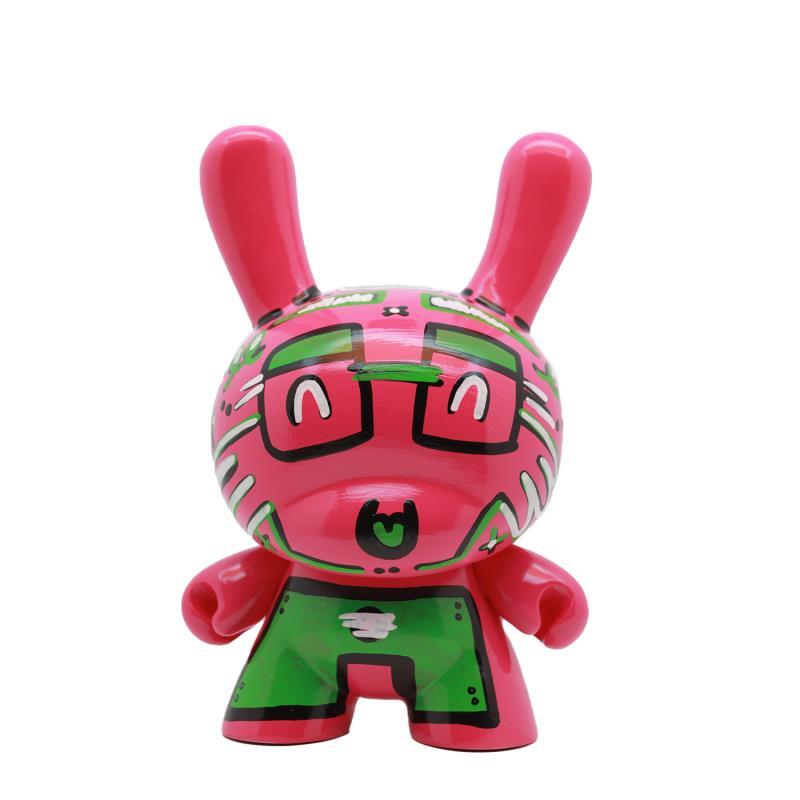
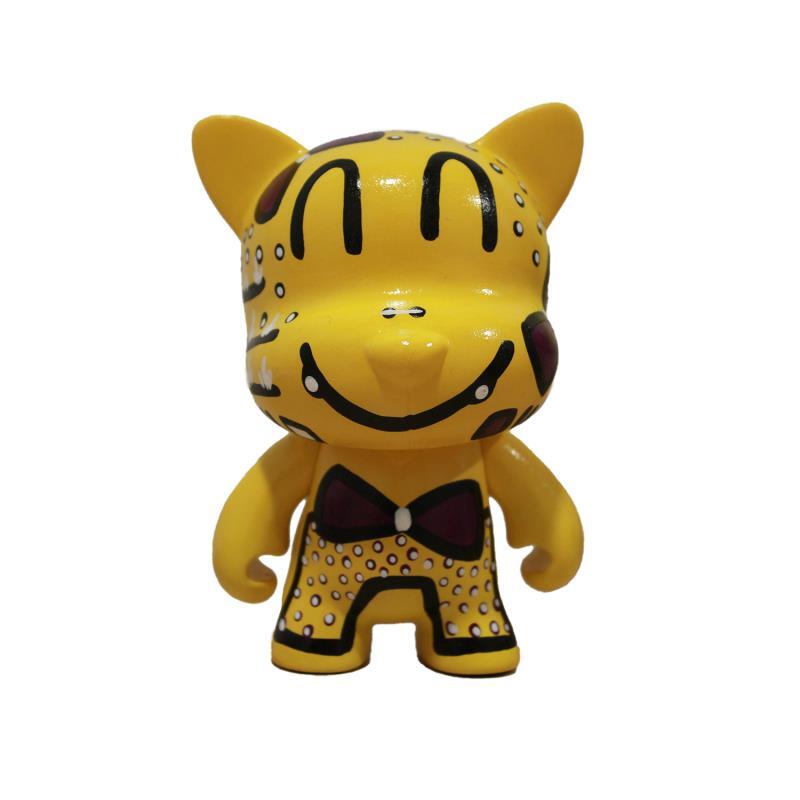
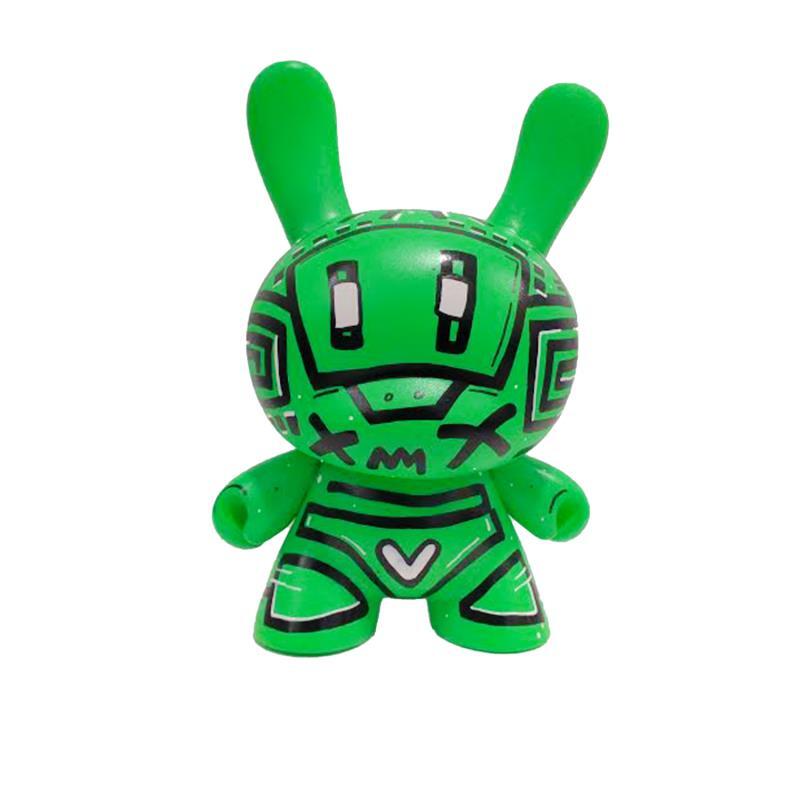
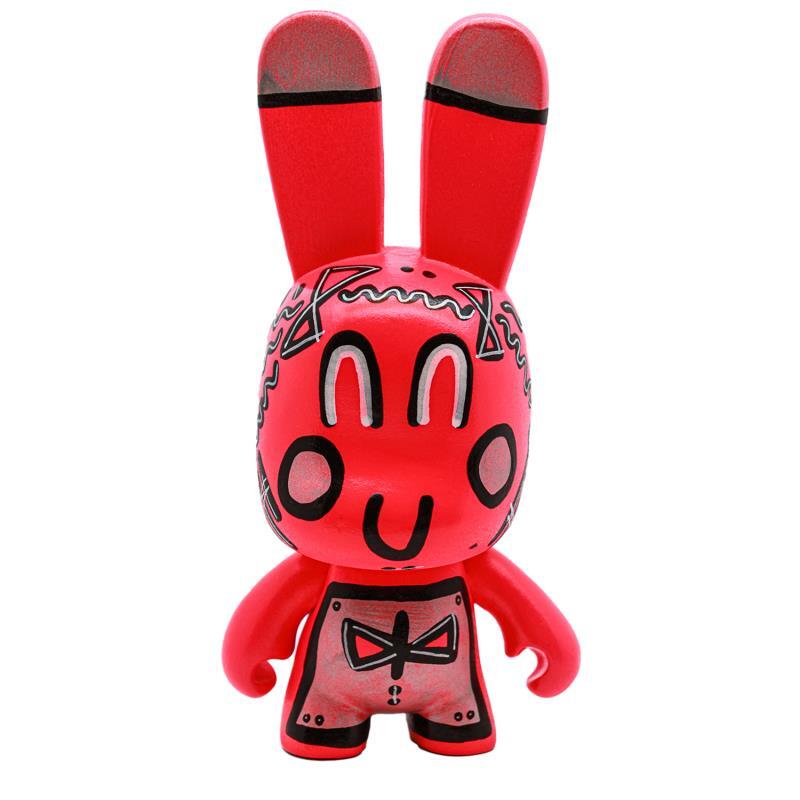
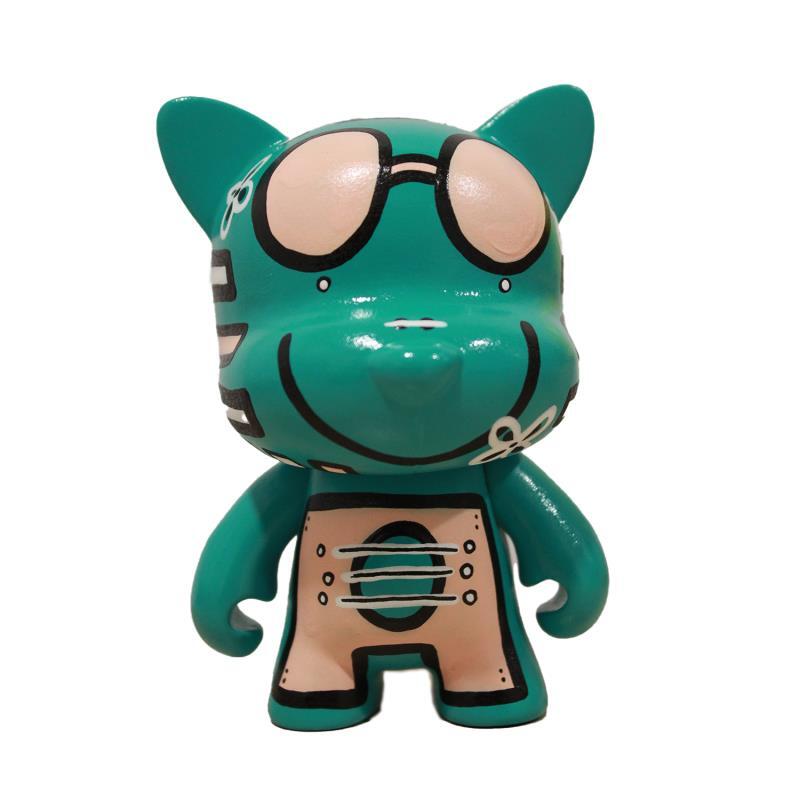
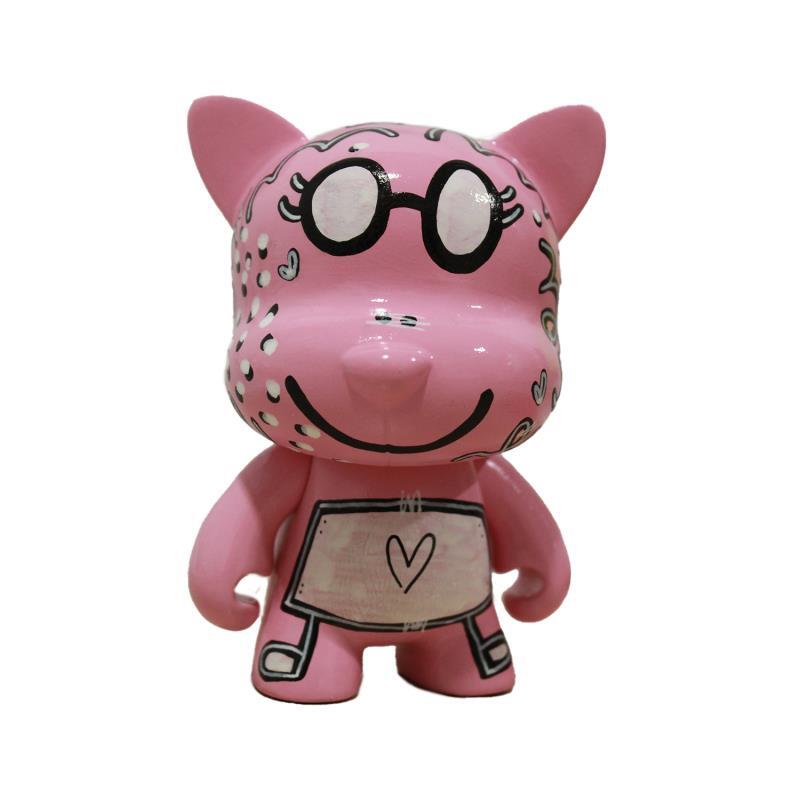
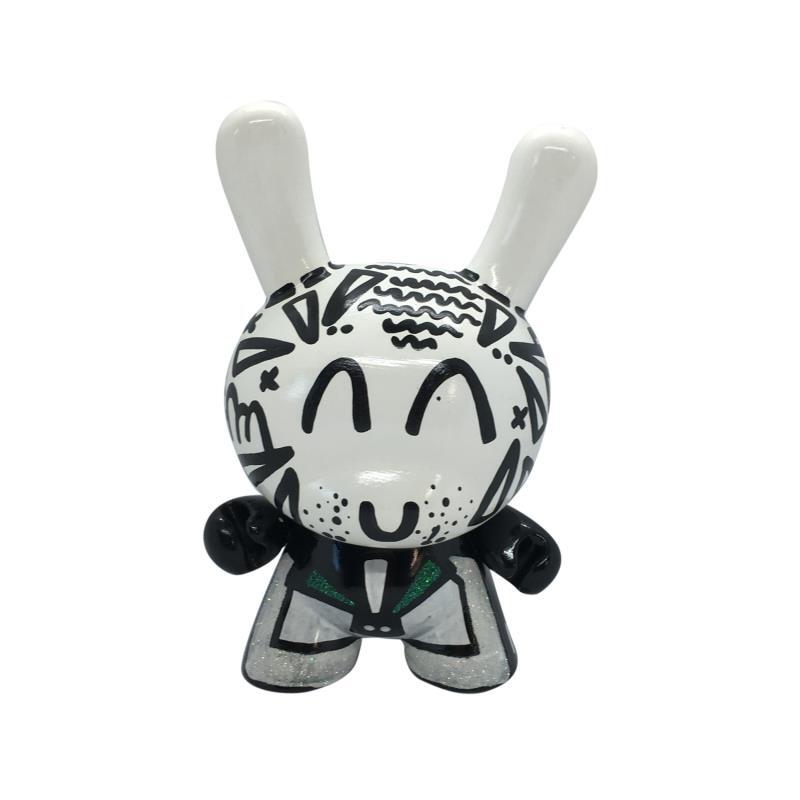
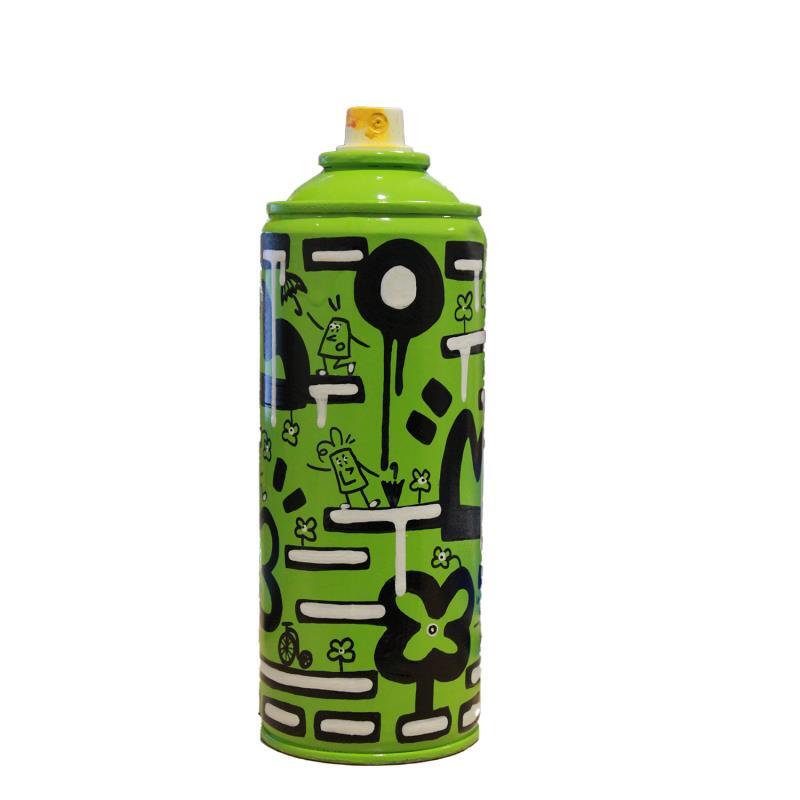
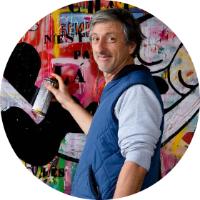
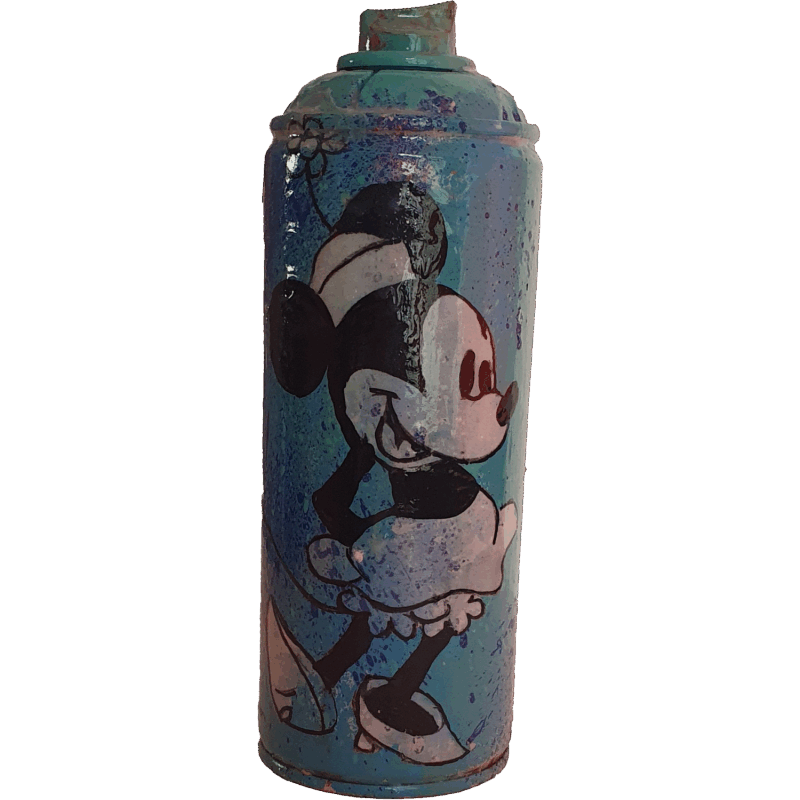
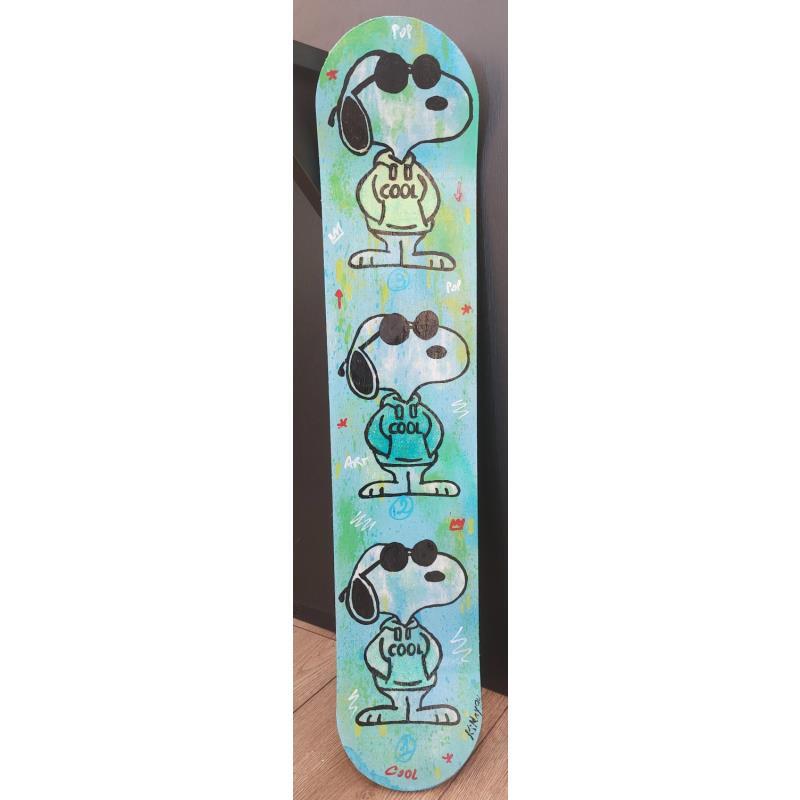
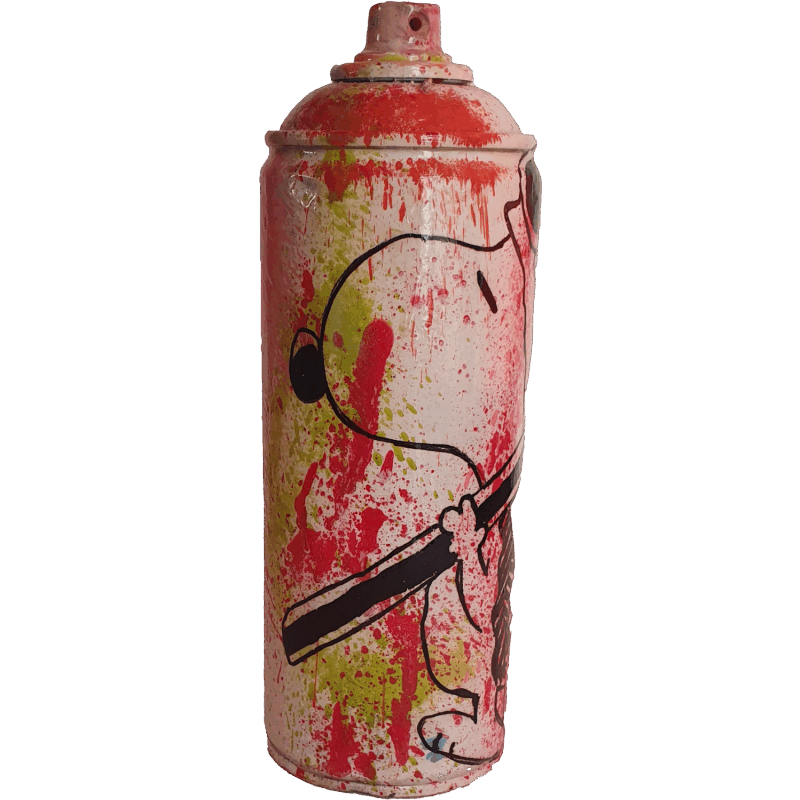
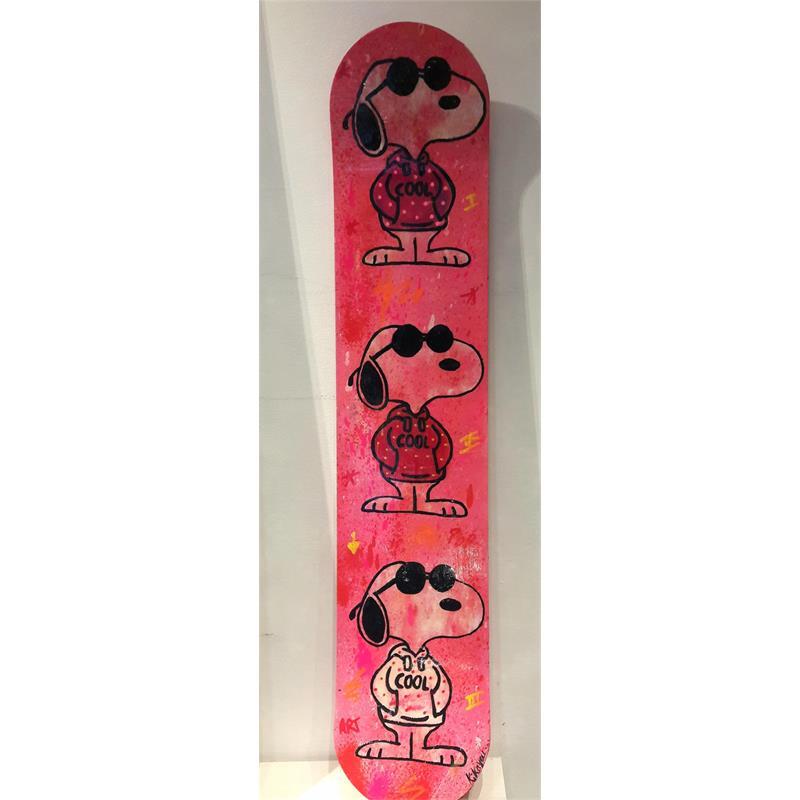
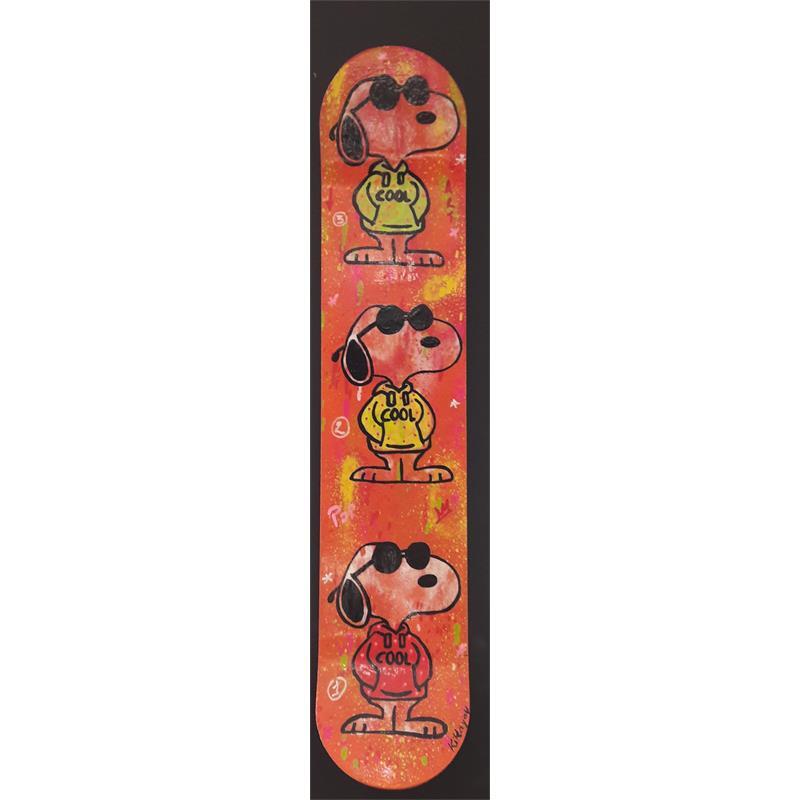
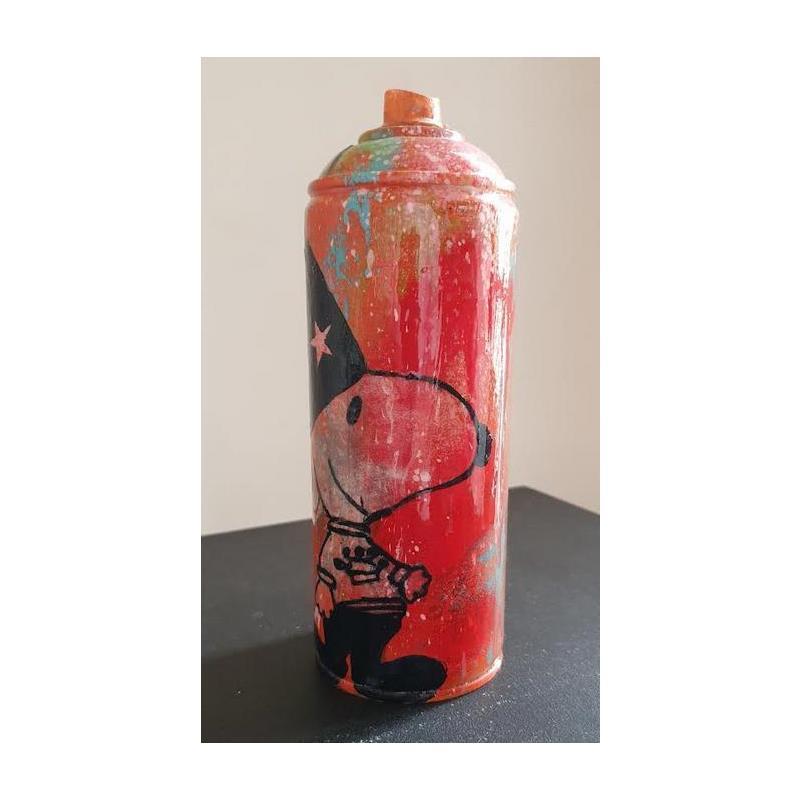
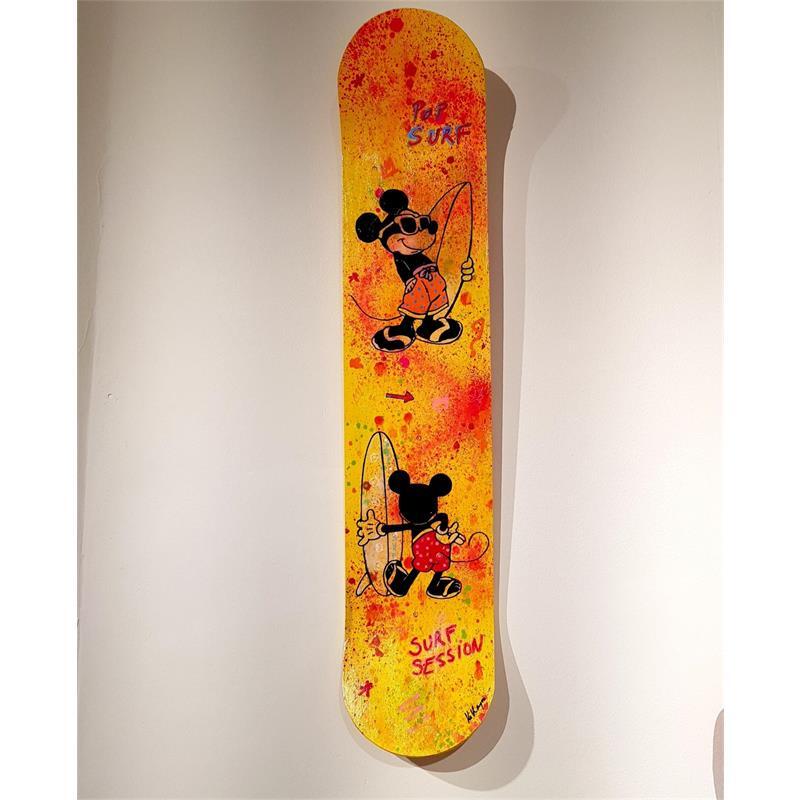

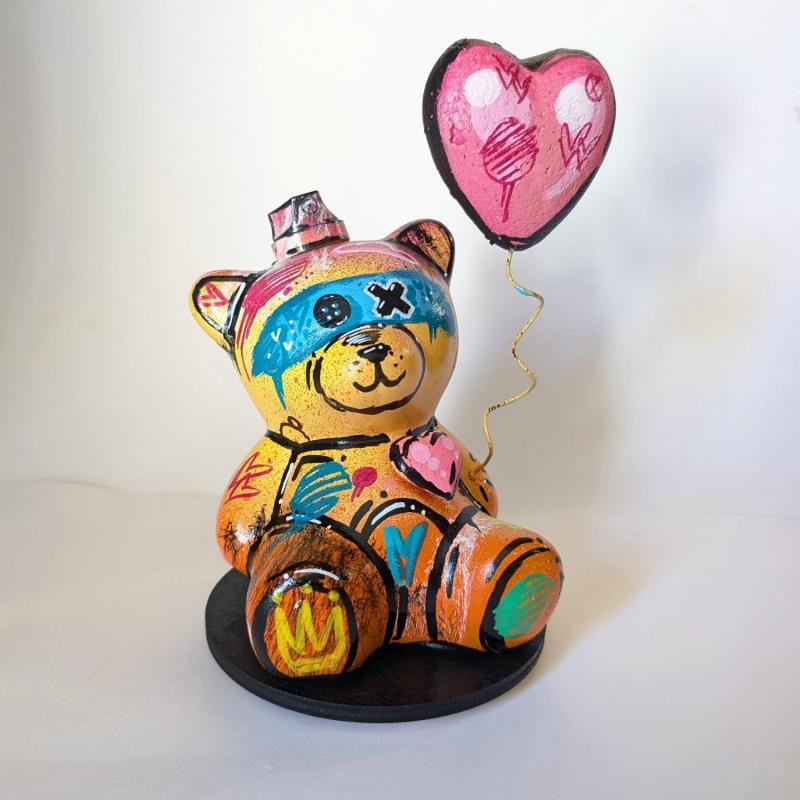

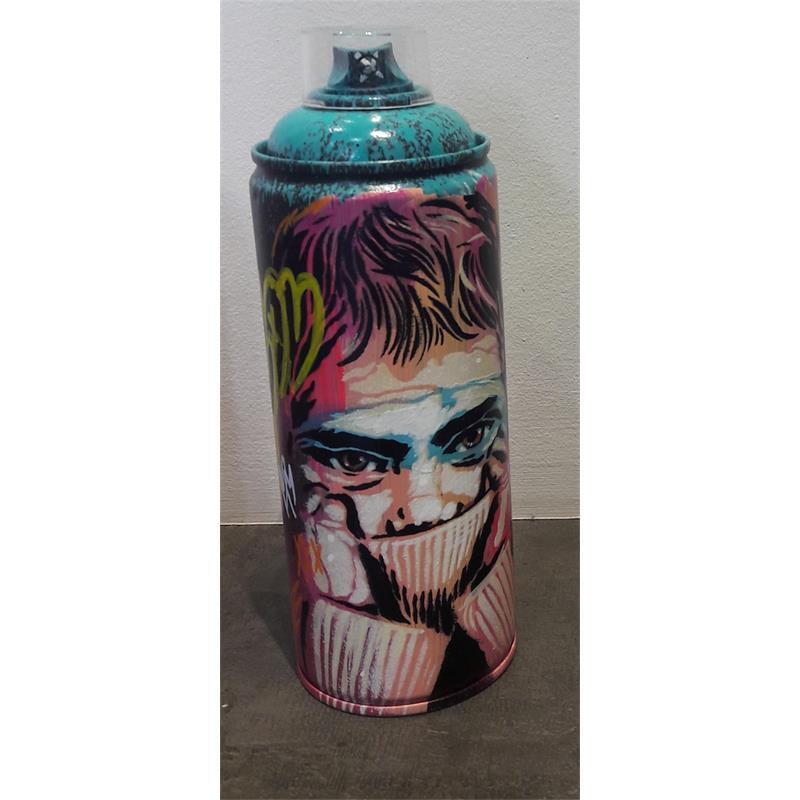



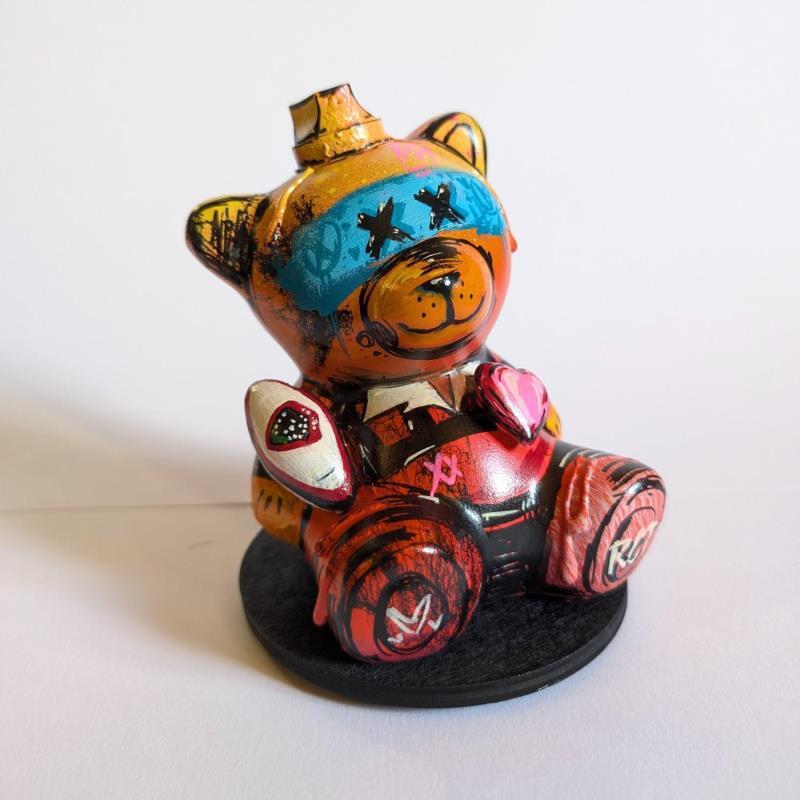
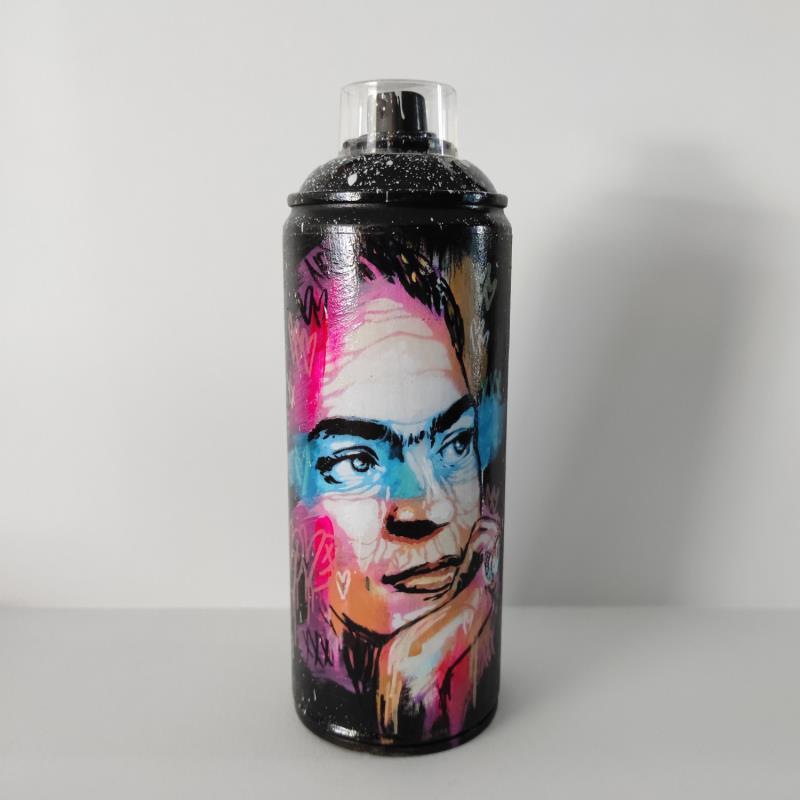

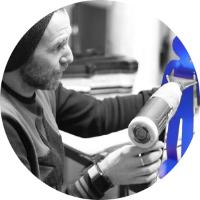
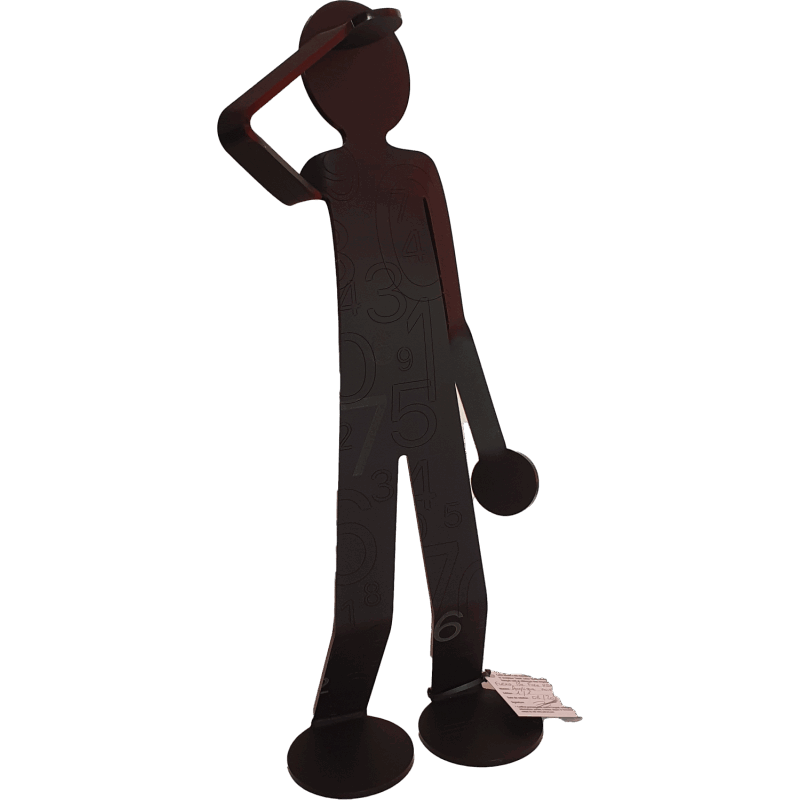


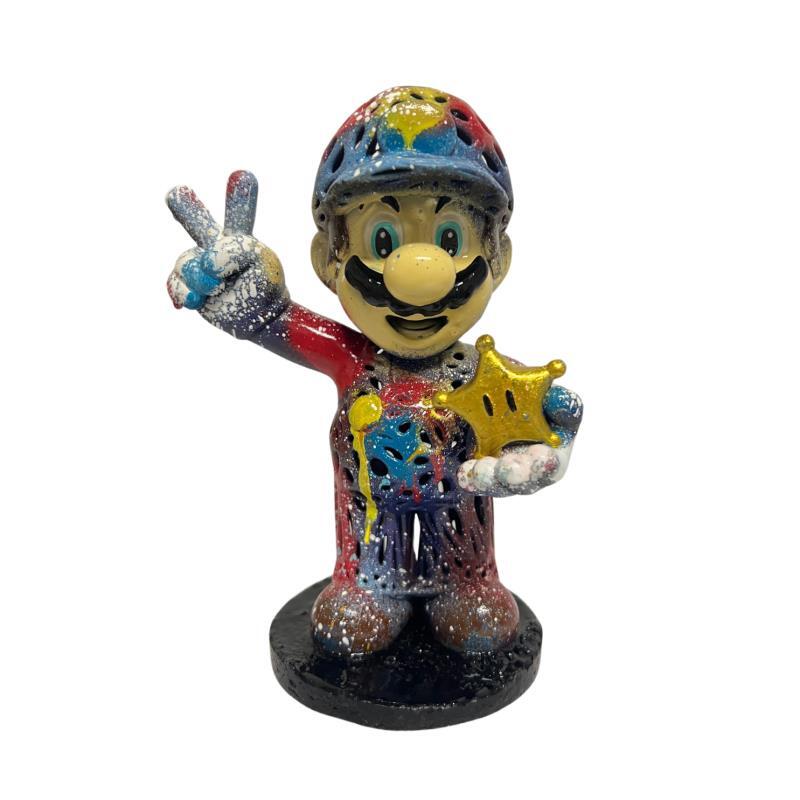


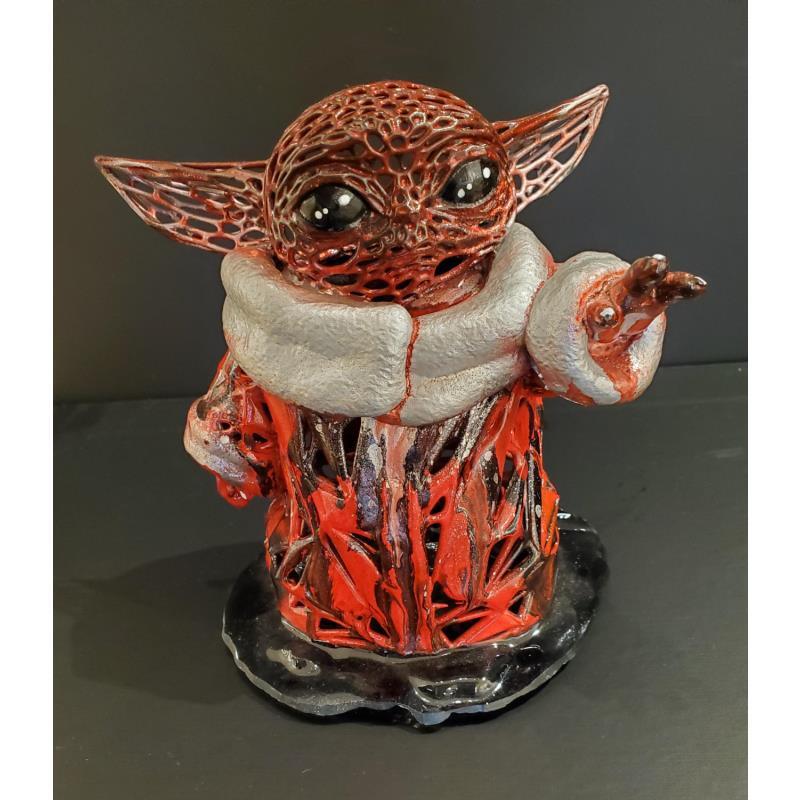



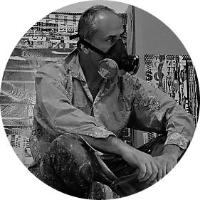
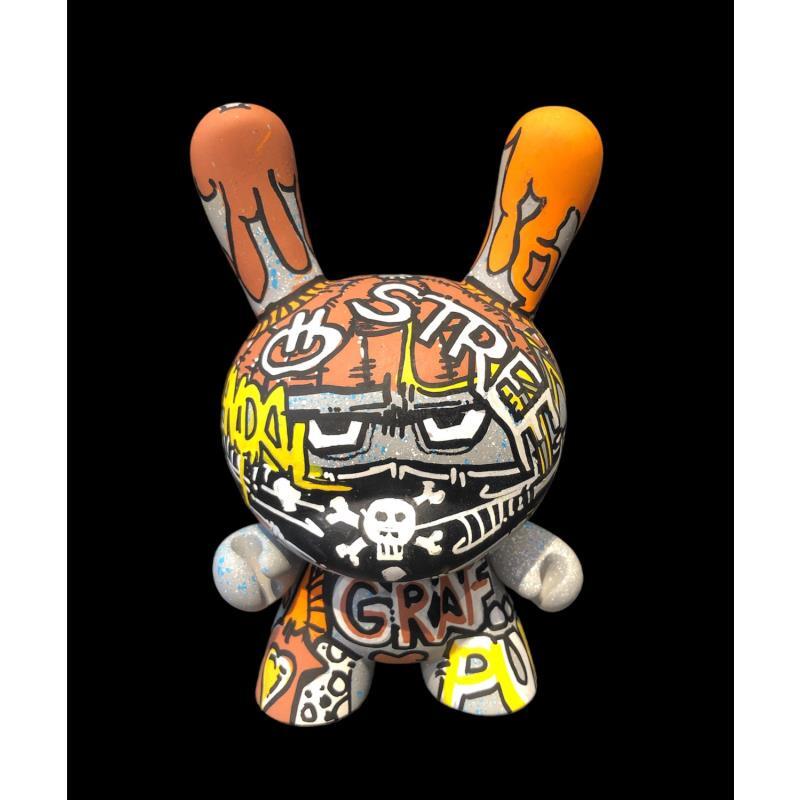
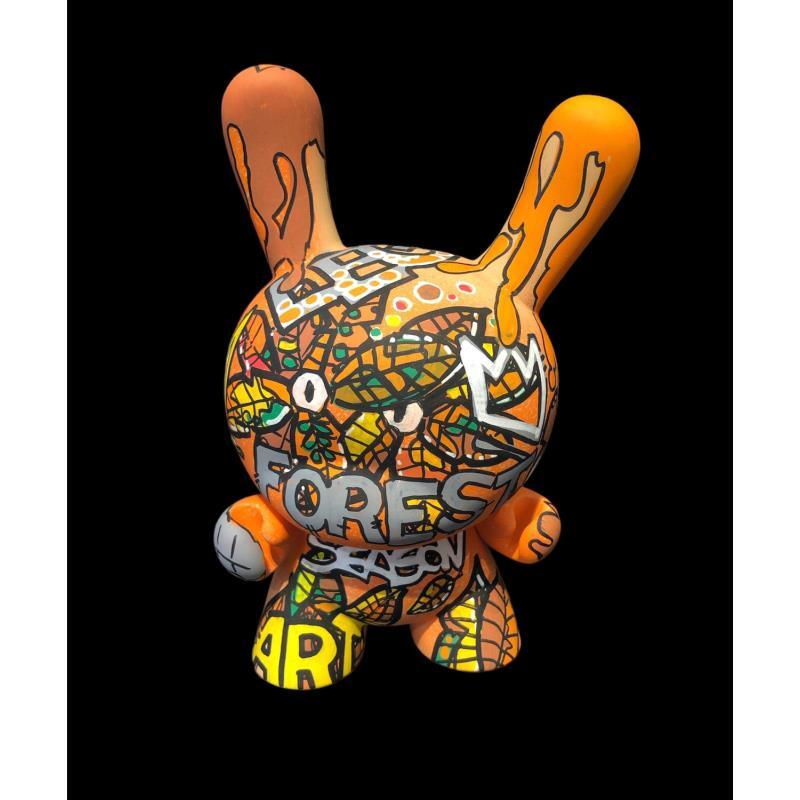
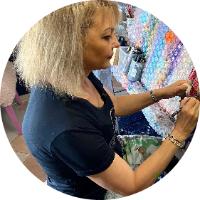
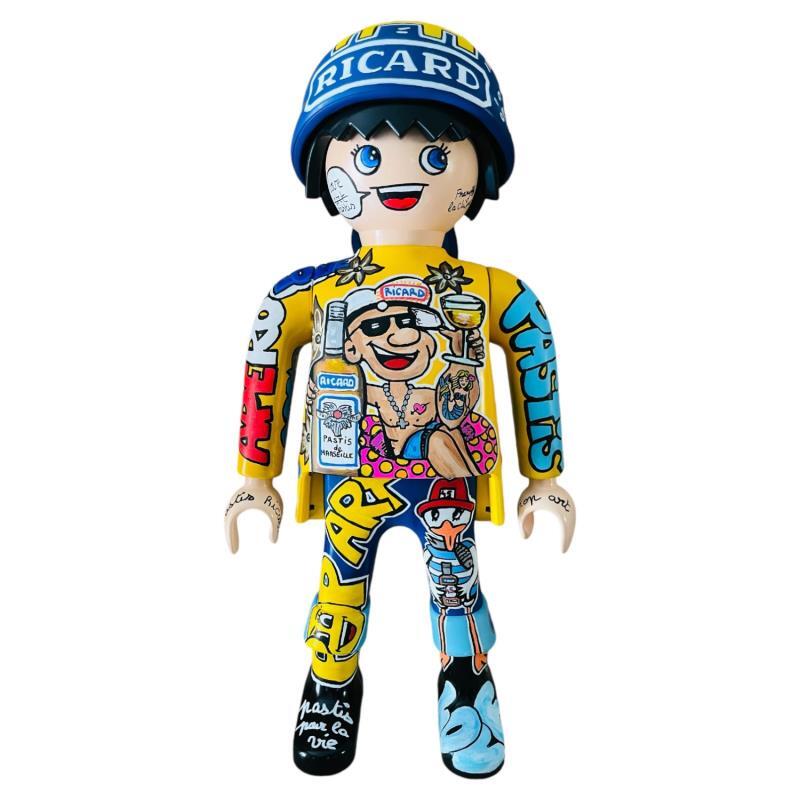
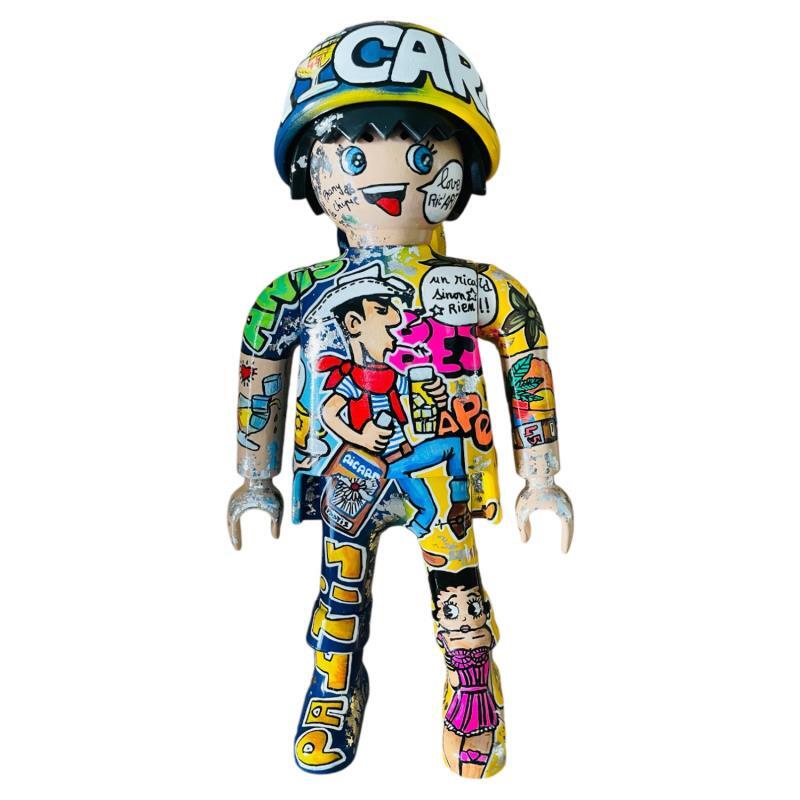
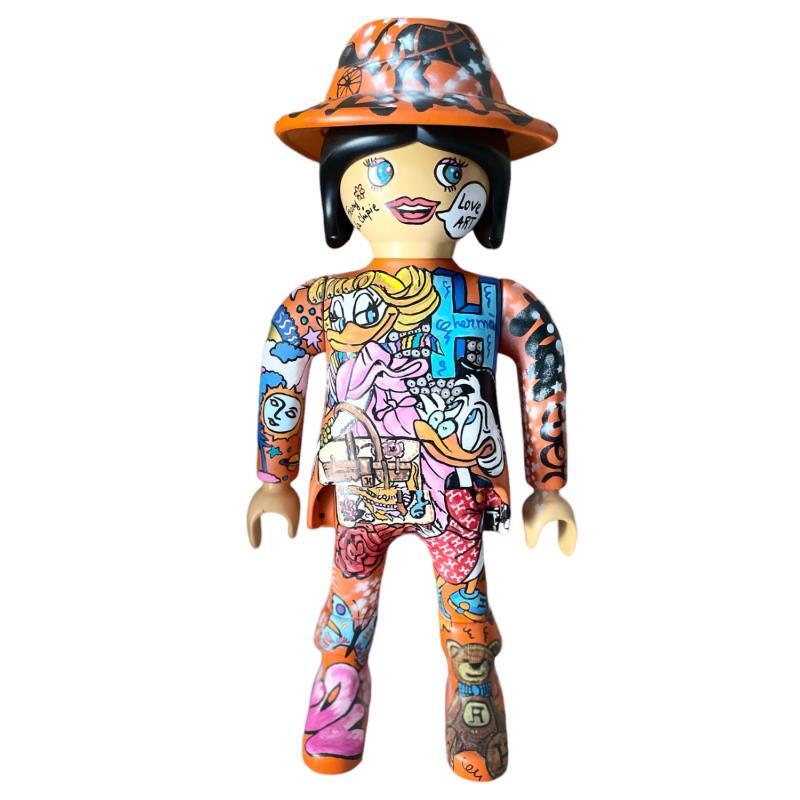
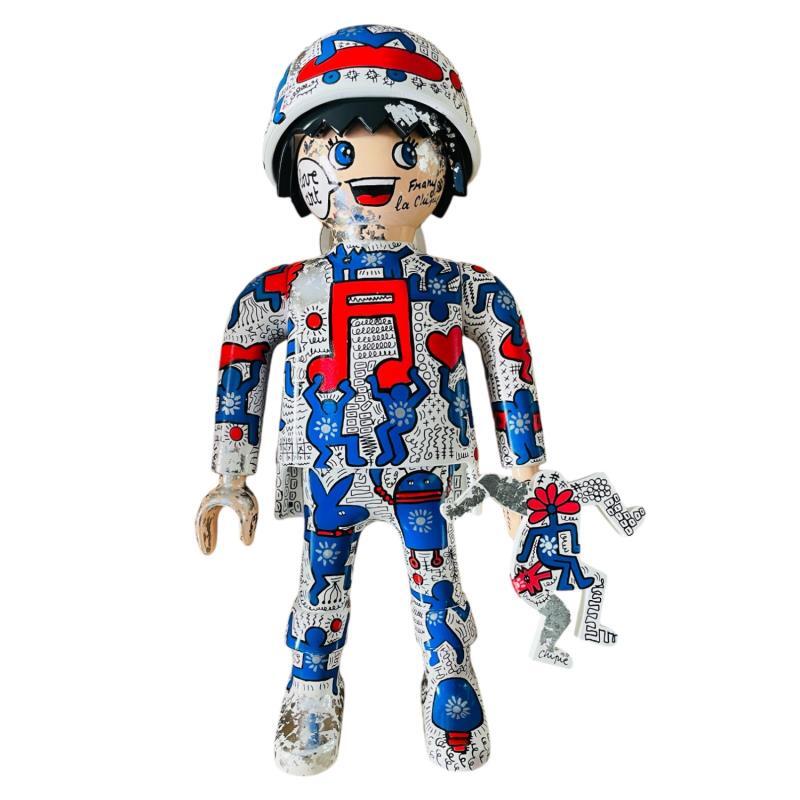


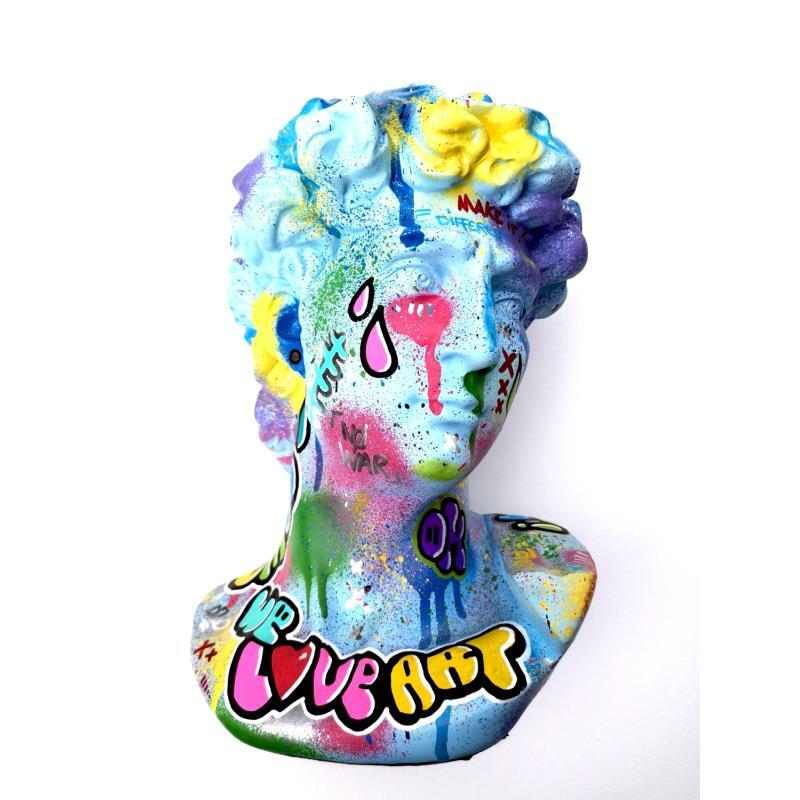
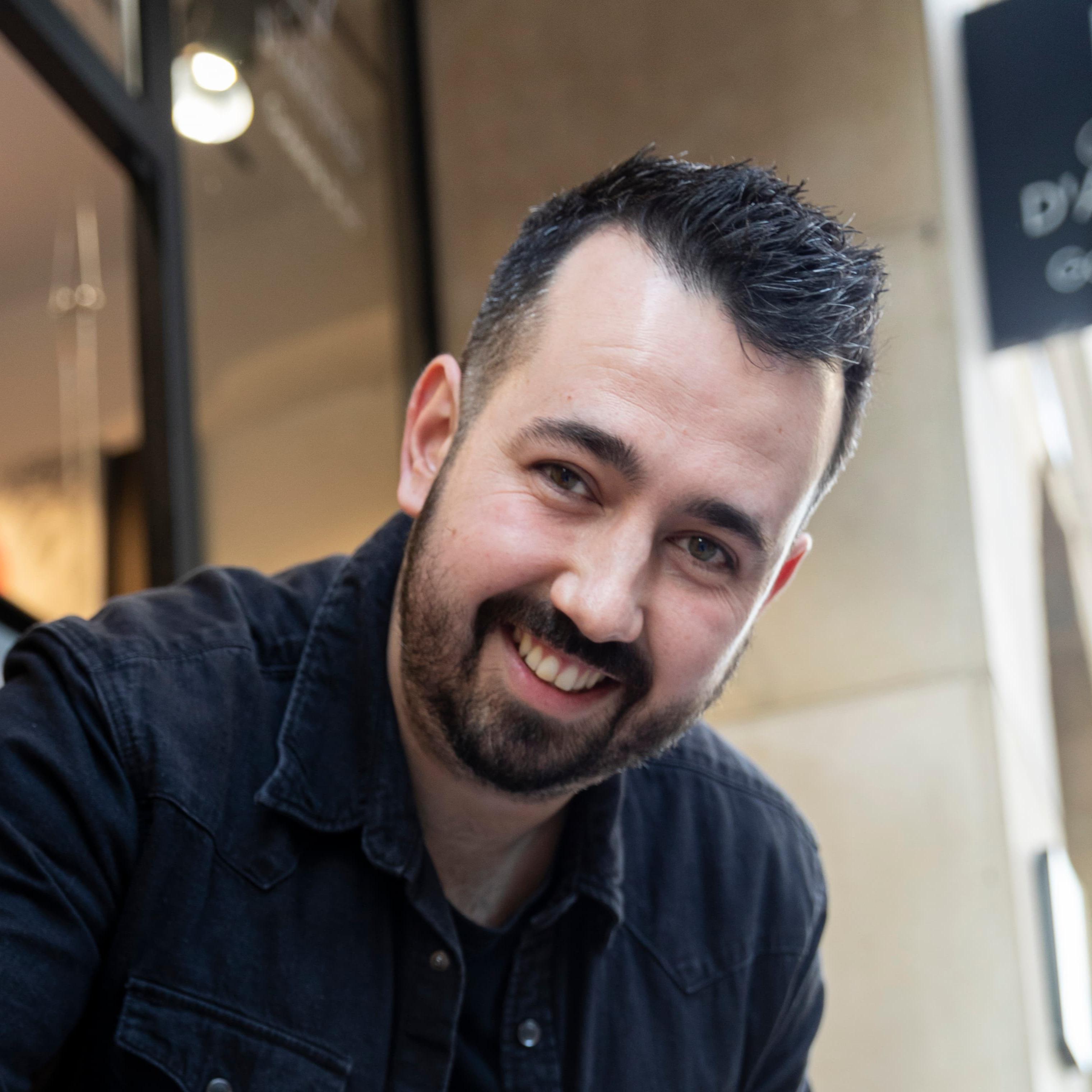


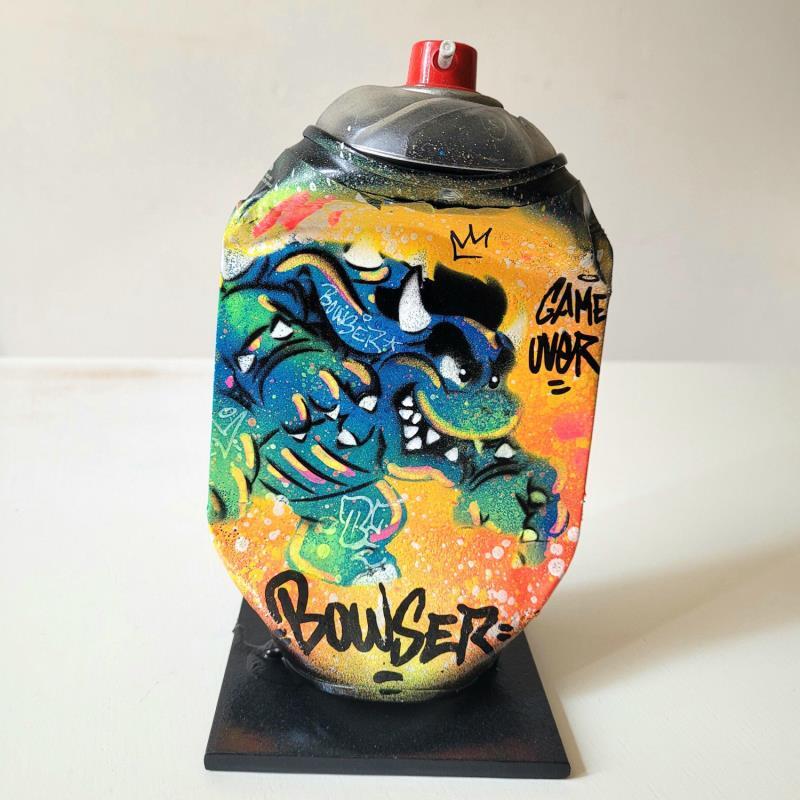
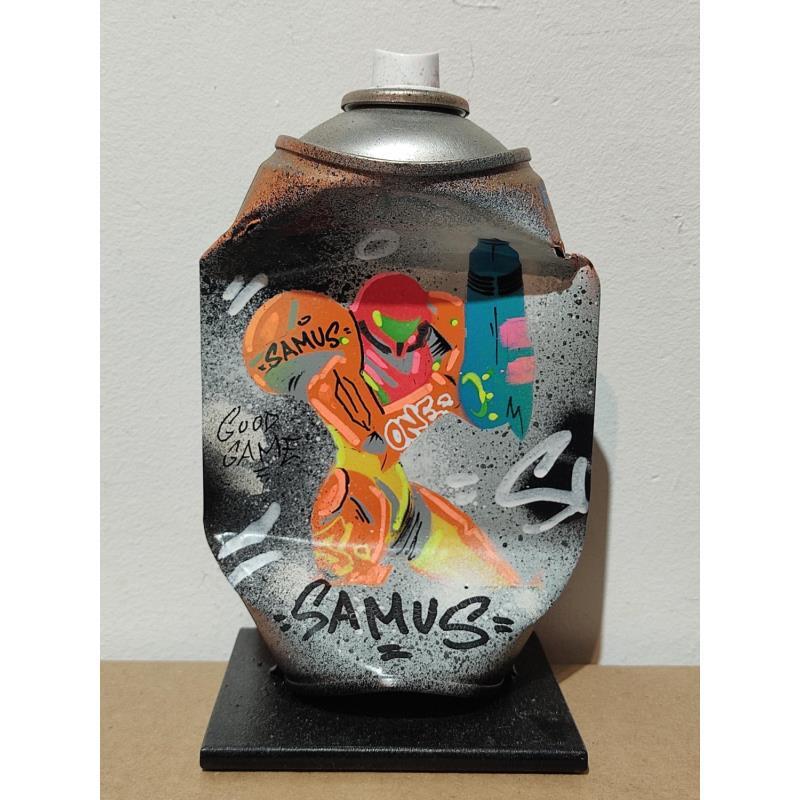


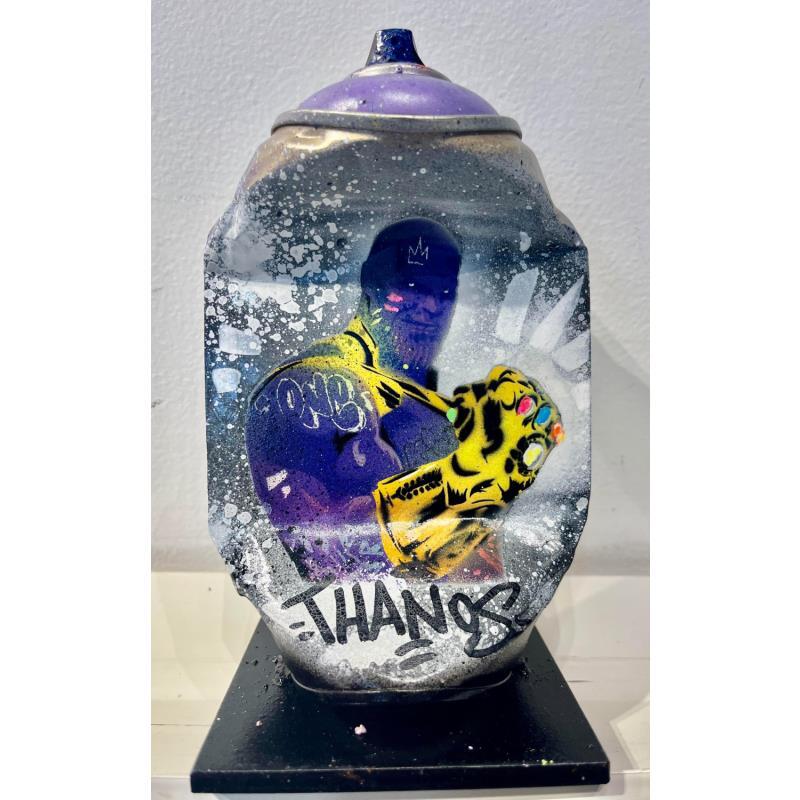
2.jpg)



